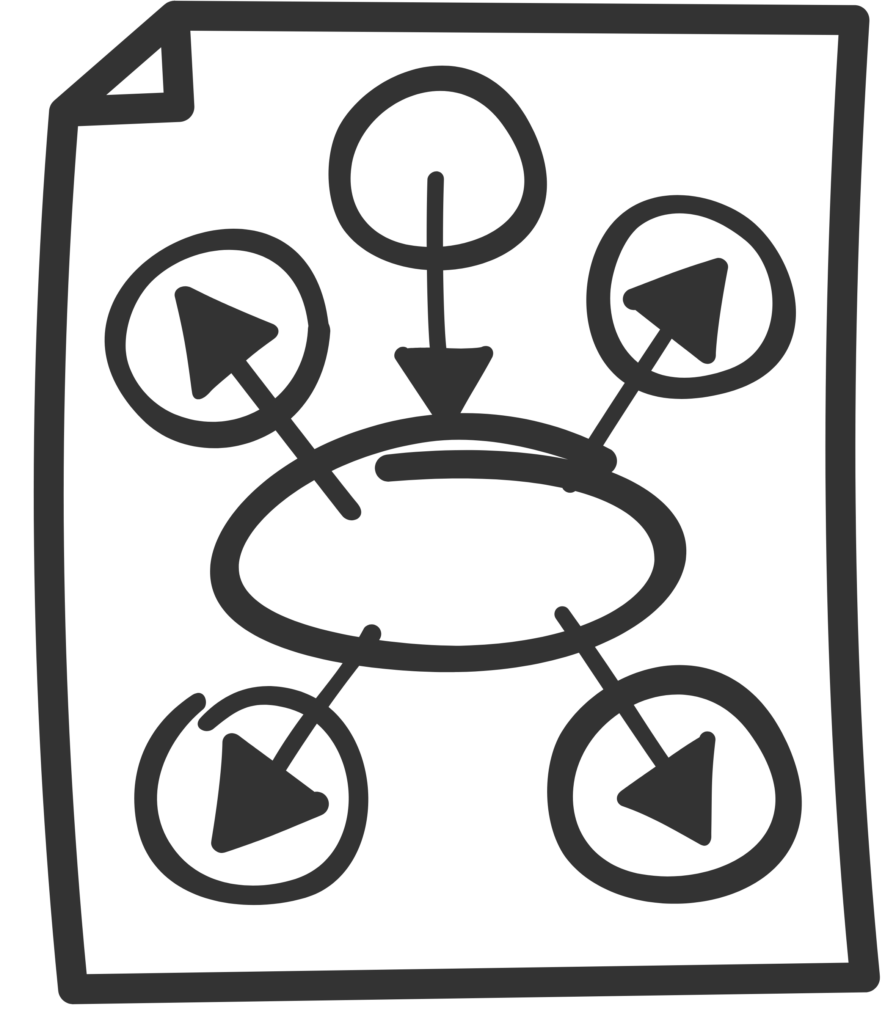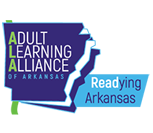A graphic organizer, also known as a knowledge map, concept map, story map, cognitive organizer, advance organizer, or concept diagram is a pedagogical tool that uses visual symbols to express knowledge and concepts through relationships between them. To see examples and ideas for how to use them in this video.
Graphic organizers are highly supported by research for their impact on learning. They can help students prioritize the information, organize ideas, think critically, and collaborate with other students. They are great tools for assessing students.
While they are great, there are ways an instructor can leverage graphic organizers in more powerful ways. This post will help you learn the ways that you can do just that.

Before giving students a graphic organizer, it is first important to be sure students have the skills necessary to read and begin deeper comprehension work. They aren’t designed to be given to a student blank to use when tackling all new learning. They also aren’t designed for a teacher to fill out and students to copy. That isn’t learning or comprehension.
In the beginning, the instructor will choose the graphic organizers. When comparing and contrasting articles, the teacher would choose a Venn Diagram. However, the action should continue into explaining to the students WHY you chose that graphic organizer is important. This should happen with a few more organizers: a concept map to list attributes of a character in the text, a t-chart to sort ideas in an opinion article, a Frayer model for vocabulary development.
Then, as opportunities arise with the content, ask the students to choose. In the beginning, this may require coaching, but over time students will become adept at choosing a graphic organizer. This part is so important because it means that students are empowered to use the graphic organizers to make sense of future learning.
Along with explaining how graphic organizers work, help students understand why the organizers work. Teaching students about how learning works empowers them and helps them develop self-efficacy. Metacognition means thinking about thinking. The more students are able to do that the more they are able to reflect and improve upon their learning.
What you don’t want is to use graphic organizers as worksheets. Worksheets aren’t bad, but they typically have predetermined “right” answers. Graphic organizers may have some “best fit” answers, but they aren’t designed to be cookie cutter. Rather, they should encourage thinking and one student may end up different from others. They aren’t “products” to be collected by the teacher and checked. They are a step in the learning process to lead to more complex understanding.
Whenever possible, avoid copying blanks for students. This may help in the beginning, but part of the process is students making decision such as how to set up the organizer such as how many things are being compared (do I need 2 or 3 circles for the Venn Diagram), am separating ideas or describing them (do I need a t-chart or concept map).
Remember the goal is to give the student a tool they can use any time, rather than just creating another task or activity to be used just within the lesson. This strategy will support better learning beyond the lesson for the day.
“The Uses and Misuses of Graphic Organizers in Content Area Learning.” Reading Teacher, vol. 71, no. 6, May 2018, pp. 763–66. EBSCOhost, https://doi-org.ucark.idm.oclc.org/10.1002/trtr.1693.







